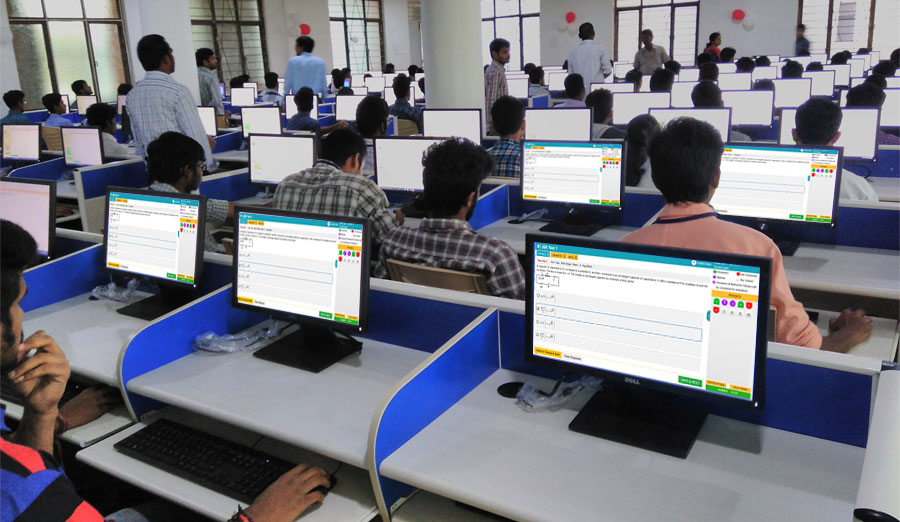Examinations play important roles in the learning and educational institution. They are an essential part of the growth and development of a student’s overall personality and memory development.
The learning process of the world today has evolved into several advanced platforms. A significant component of the innovative trend in our educational system is the adoption of the web-based technology assessment – Computer Based Test (CBT) which is now used to admit or screen students into our Nigerian tertiary institutions.
Computer based tests come with huge potential and benefits when compared to the traditional assessment methods. CBT is the taking of a test or exam on a computer instead of using a paper and pencil. It allows for location and time flexibility to both candidates and examination bodies. It brings down the cost, time effort and expenses involved in an examination process.
The Unified Tertiary Matriculation Examination (UTME) is one of such that has adopted the CBT method by the examination body- JAMB. It has been in progress since 2015 with its aim to eliminate examination malpractice, facilitate registration and provide prompt release of result.
Some employers in the country now use this electronic platform to conduct aptitude tests for job seekers. Some universities and private secondary schools likewise, have adopted this method to register and conduct electronic examinations for their students through the internet and other networking means.
One of the major advantages the e-testing has on our learning and educational system is its ability to eliminate examination malpractice. Examination malpractice has been one of the greatest academic ills in our country. It is a huge concern and is practiced in both internal and external examinations. Children, youths and even adults are all involved.
The application of CBT in all levels of academic learning and examinations would improve our educational system in a lot of ways.
Some of the benefits CBT could have to the education sector and in the reduction of examination malpractices include:
1. It secures testing and does not allow cheating. There are plagiarism checkers like Safe Exam Browser and Edulastic that help to lock down browsers and make cheating more difficult during an e-exam.
2. There is usually an allocated time for each candidate during the exam, so each person is expected to meet up with the time limit to avoid logging out.
3. CBT helps learners or candidates with disabilities. For example, screen readers and text-to-voice or voice-to-text applications can help candidates with visual, auditory and motor impairments as well as candidates with dyslexia.
4. There is greater storage efficiency with the adoption of CBT. Thousands of scripts can be stored in a single storage area on a server compared to the physical space needed in storing paper scripts.
5. In a CBT exam, candidates cannot make use of their phones, calculators or even smuggling of scripts.
6. A lot of people engage in malpractice by paying someone to represent them and writing a particular paper for them. CBT does not allow that. Impersonation is hardly ever possible as there are procuring software’s that monitor candidates with features like automated monitoring, ID verification and computer lockdown.
7. The questions in a CBT exam are usually shuffled differently for every candidate therefore, making it impossible for interaction and sharing of answers between persons.
In other for these benefits to go a long way, every available resource should be channeled towards the implementation of CBT in all levels of examination. As well as the involvement of compulsory computer education in our schools.
































